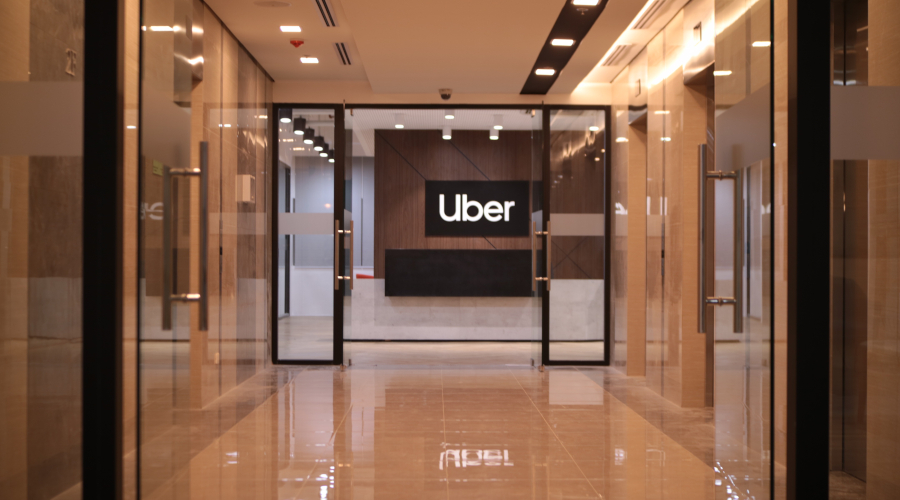 APPS
APPS
 APPS
APPS
 APPS
APPS
Strong demand for ride-hailing services helped Uber Technologies Inc. top both revenue and profit expectations in the fourth quarter.
The company posted its financial results for the three months ended Dec. 31 this morning before the opening bell. It also shared optimistic guidance for the current quarter that exceeded gross bookings and earnings expectations on the high end.
“2023 was an inflection point for Uber, proving that we can continue to generate strong, profitable growth at scale,” said Uber Chief Executive Officer Dara Khosrowshahi. “Our audiences are larger and more engaged than ever, with our platform powering an average of nearly 26 million daily trips last year.”
Uber’s revenue reached $9.93 billion in the fourth quarter, slightly more than the $9.76 billion analysts had predicted, thanks to a year-over-year growth rate of 15%. Gross bookings, a metric that tracks the total value of transactions processed through the company’s apps, climbed 22% to $37.6 billion. Uber generates more than 90% of its gross bookings from its mobility and delivery units, which also account for the bulk of its revenue.
The mobility unit, Uber’s largest business, is also its most profitable and the one experiencing the fastest top line growth. Revenue from ride-hailing trips and related services jumped 34% year-over-year to $5.5 billion. As a percentage of revenue, the mobility unit’s $1.4 billion adjusted EBITDA, or earnings before interest, taxes, depreciation and amortization, represented 7.5% of its gross bookings.
Uber’s delivery business had an adjusted margin of 2.8% last quarter. It accounted for $3.1 billion of the company’s quarterly revenues and nearly half of gross bookings. Between them, Uber’s delivery and mobility units logged 2.6 billion trips, 24% more than the same time a year earlier.
The company also has a freight business that helps enterprises manage merchandise shipments. The business’ product portfolio is partly based on assets Uber gained from Transplace Inc., a provider of logistics software that it bought in 2021 for $2.25 billion. Uber’s freight revenue dropped 17% year-over-year to $1.3 billion, while adjusted earnings declined by $6 million.
Despite the freight business’ lower earnings, Uber managed to top profitability expectations in the fourth quarter. Its net income more than doubled year-over-year from $595 million to $1.4 billion. That translated into adjusted earnings of 66 cents per share, well above the 17 cents that analysts had forecasted.
The company said that more than two-thirds of its net income, or $1 billion, was generated through “unrealized gains related to the revaluation” of its equity investments. Over the past decade, Uber has invested in several high-profile tech firms including flying taxi maker Joby Aviation Inc. and Aurora Innovation Inc., which develops autonomous driving software. Both companies went public in 2021.
Uber is prioritizing emerging modes of transportation not only as part of its startup investment strategy but also in its product development roadmap. Last year, it teamed up with Waymo to make the Alphabet Inc. unit’s autonomous vehicles available through its ride-hailing app. The companies are currently testing the vehicles in Phoenix.
For the current quarter, Uber is forecasting gross bookings of between $37 billion and $38.5 billion compared with $31.4 billion a year ago. Analysts were expecting $37.43 billion. Uber’s adjusted earnings guidance of $1.26 billion to $1.34 billion likewise topped the consensus estimate at the high end of the range.
THANK YOU